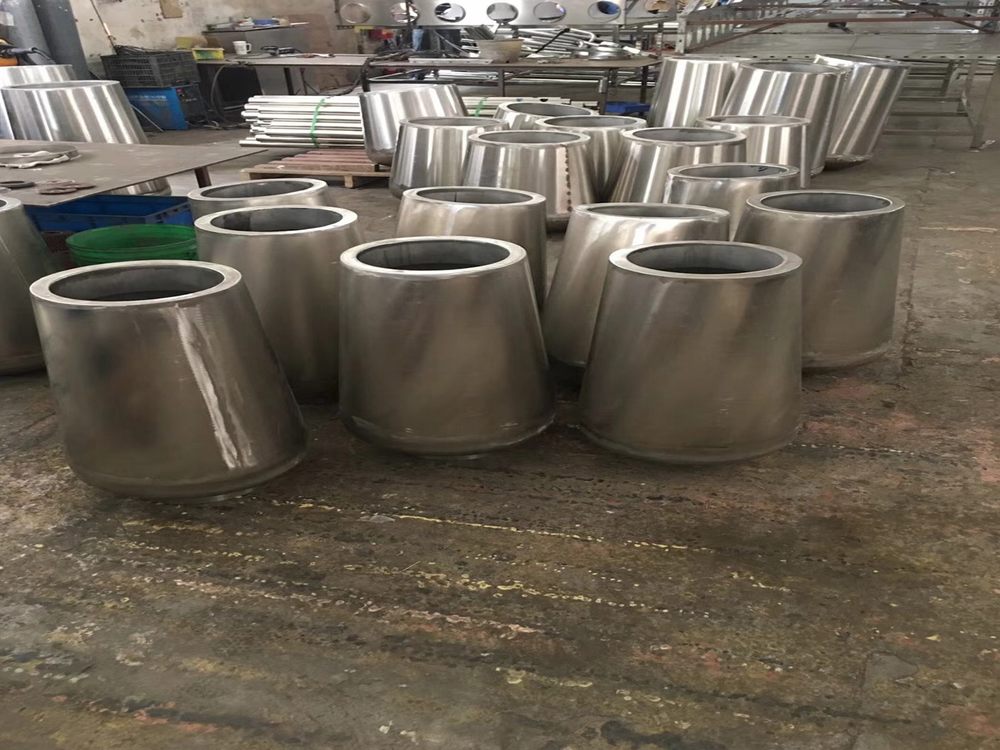
Porcelain sculpture copyright disputes have emerged as a critical issue in the art world, with several high-profile cases highlighting the complexities of intellectual property in ceramic art. One notable case involved a renowned artist suing a manufacturer for replicating their signature porcelain designs without permission, resulting in a landmark settlement. Another dispute centered around cultural heritage, where a foreign company attempted to mass-produce traditional Chinese porcelain sculptures, sparking international legal battles over cultural appropriation and copyright ownership.
In recent years, digital reproduction technologies have further complicated porcelain copyright cases. A 2022 lawsuit saw an artist successfully argue that 3D-printed copies of their handcrafted porcelain work constituted infringement, setting a precedent for digital art replication. Museums have also faced legal challenges regarding exhibition rights of historical porcelain pieces, with descendants of original artists claiming ongoing copyright protections.
The most contentious cases often involve blurred lines between inspiration and imitation. A famous 2019 dispute between two ceramic artists revolved around similar glaze techniques and forms, requiring expert witnesses to analyze minute artistic differences. These cases demonstrate how porcelain sculpture copyright law continues to evolve alongside artistic innovation and global market demands. Legal experts suggest artists clearly document their creative processes and register copyrights to protect their porcelain works in this increasingly competitive field.

